33+ Sample Compliance Policy Statement
-
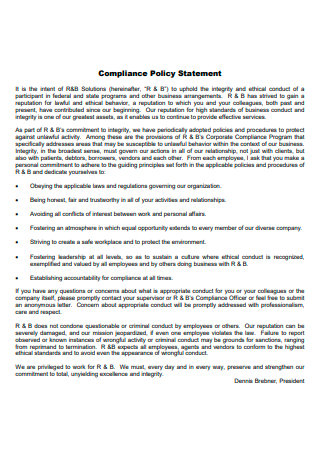
Compliance Policy Statement Template
download now -

Export Compliance Policy Statement
download now -
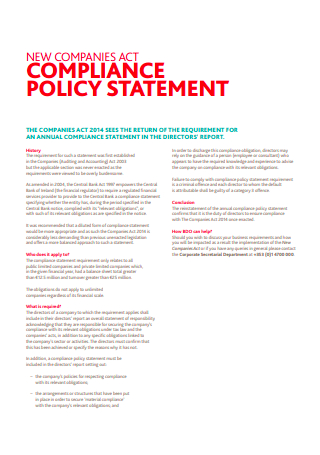
Companies Act Compliance Policy Statement
download now -
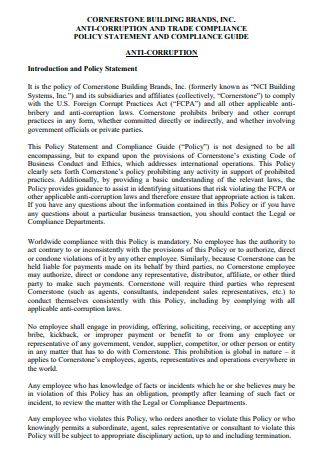
Anti-Corruption and Trade Compliance Policy Statement
download now -
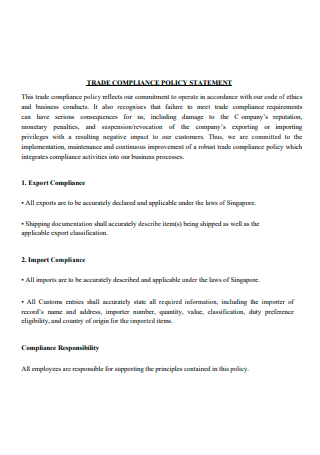
Trade Compliance Policy Statement
download now -
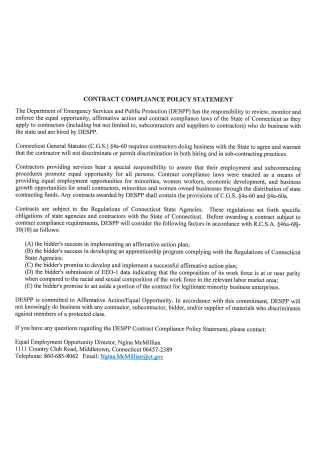
Contract Compliance Policy Statement
download now -
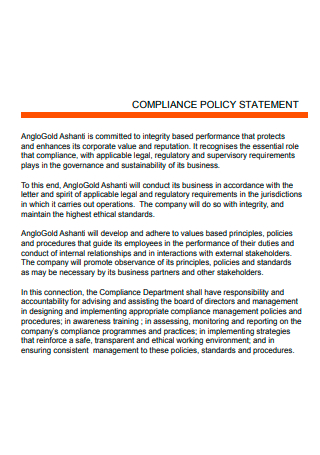
Compliance Policy Statement Example
download now -
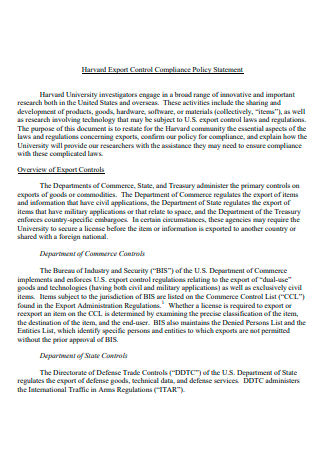
Export Control Compliance Policy Statement
download now -
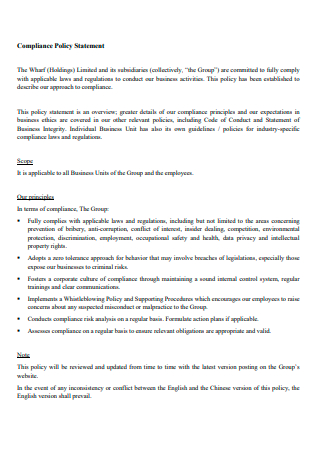
Standard Compliance Policy Statement
download now -

Social Compliance Policy Statement
download now -
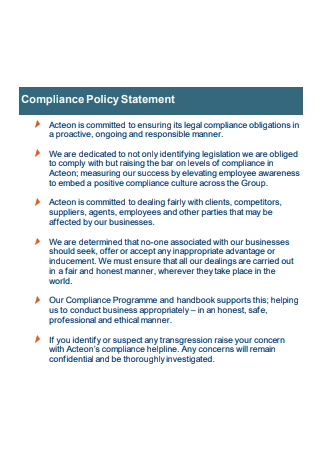
Compliance Policy Statement in PDF
download now -
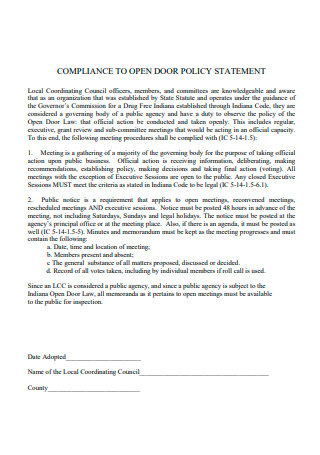
Compliance To Open Door Policy Statement
download now -
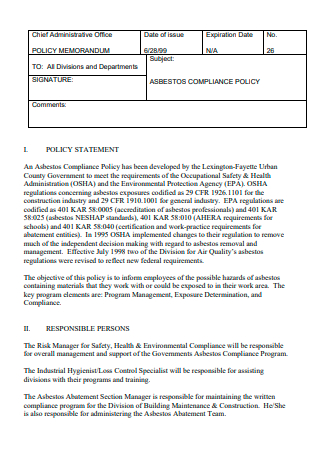
Compliance Policy Statement Format
download now -
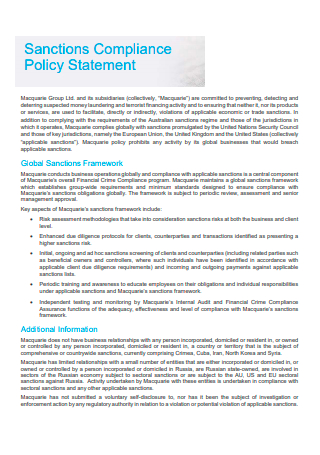
Sanction Compliance Policy Statement
download now -
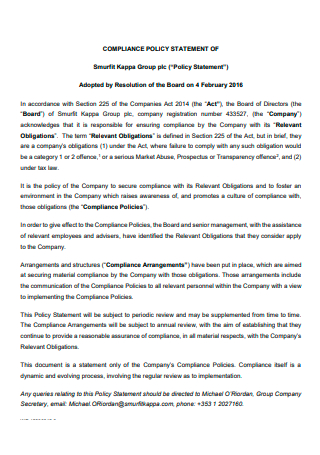
Group Compliance Policy Statement
download now -
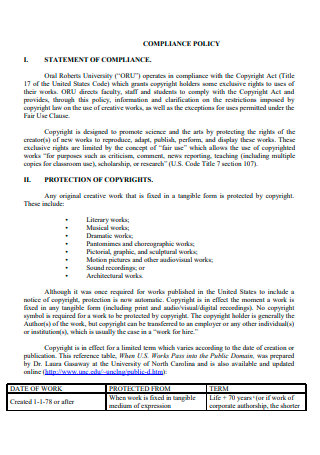
Printable Compliance Policy Statement
download now -
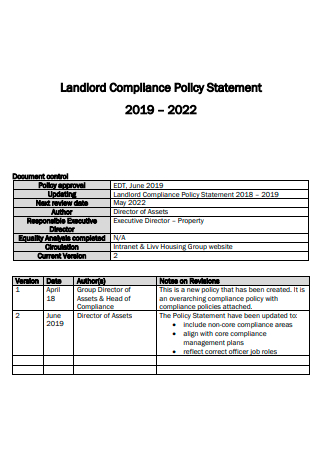
Landlord Compliance Policy Statement
download now -
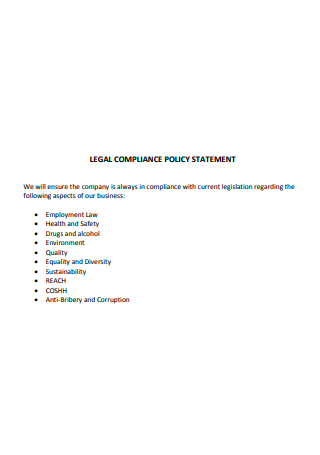
Legal Compliance Policy Statement
download now -
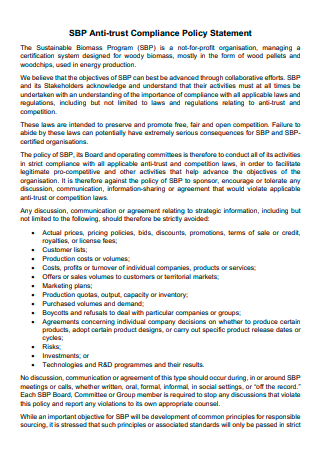
Anti-Trust Compliance Policy Statement
download now -
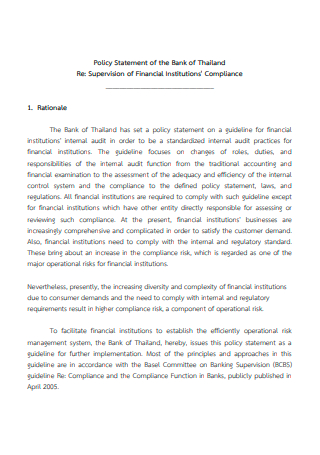
Basic Compliance Policy Statement
download now -

Corporate Compliance Program Policy Statement
download now -
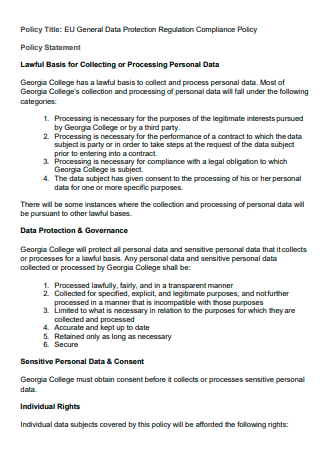
Data Protection Regulation Compliance Policy Statement
download now -
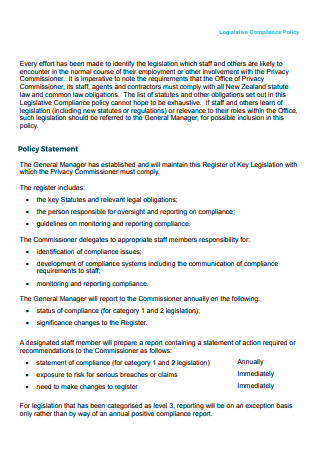
Legislative Compliance Policy Statement
download now -
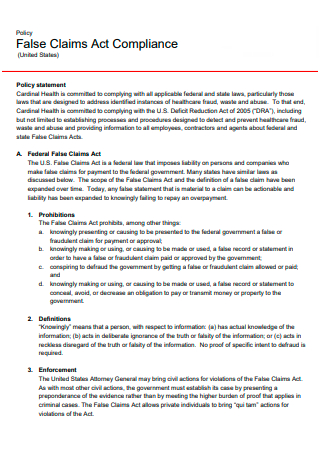
Claims Act Compliance Policy Statement
download now -
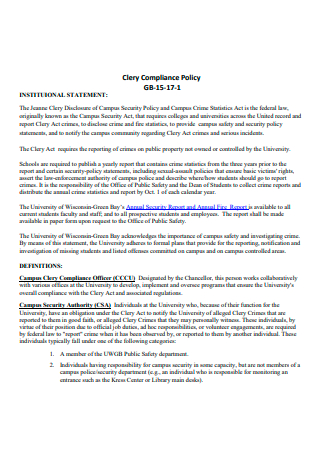
Compliance Policy Institutional Statement
download now -
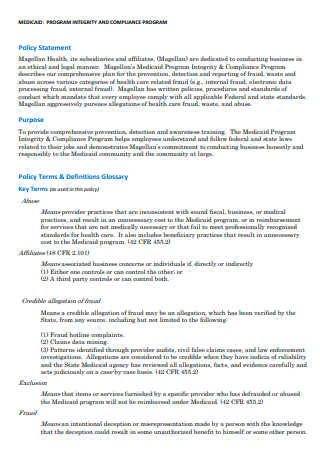
Compliance Program Policy Statement
download now -
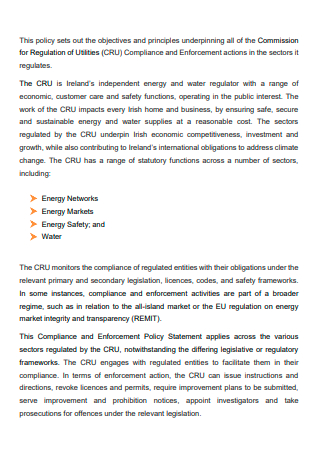
Compliance and Enforcement Policy Statement
download now -

Legal and Regulatory Compliance Policy Statement
download now -

Executive Team Compliance Policy Statement
download now -

Compliance Policy For Tax Statement
download now -
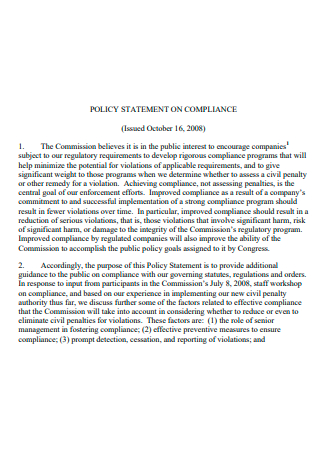
Sample Compliance Policy Statement
download now -
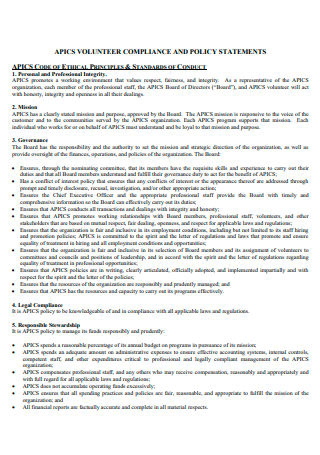
Volunteer Compliance Policy Statement
download now -

Compliance Policy Statement on Cigars
download now -
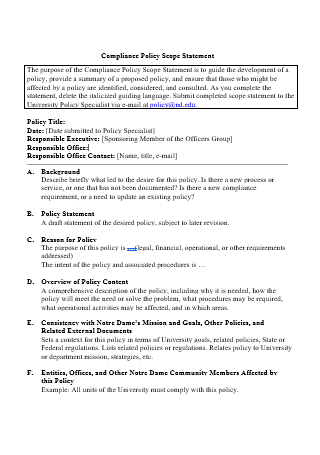
Compliance Policy Scope Statement
download now
FREE Compliance Policy Statement s to Download
33+ Sample Compliance Policy Statement
What Is a Compliance Policy Statement?
Examples of Compliance Policy Statements
How to Create a Compliance Policy Statement
FAQs
What should a compliance policy include?
What are the three main parts of a compliance policy?
What is the purpose of a compliance statement?
What Is a Compliance Policy Statement?
A compliance policy statement is an enacting statement that enjoins members of a company or an organization to adhere to a certain set of rules or standards. It is a written statement or a collection of statements for members to comply with and adhere to, usually regarding targeted policies.
According to an article by Deloitte, compliance training is crucial for any work environment to sustain itself and succeed. What is usually covered in organizational compliance training can range from personal data protection, anti-money laundering, import or export control, to dealing with state officials.
Examples of Compliance Policy Statements
Laws and rules are part of any organization. These help enforce order and structure within an organization or company. From the simple to the complex, compliance policy statements can come in varying degrees. The examples listed below are some common policies or scenarios wherein full compliance is often expected.
How to Create a Compliance Policy Statement
A strong and effective compliance policy statement takes a delicate balance of impactful language and insightful perception. To achieve this, follow the step-by-step instructions below.
Step 1: Give a Brief Background or Introduction
A comprehensive compliance policy statement requires an introductory paragraph. It does not have to be lengthy and detailed. A brief background or company history should suffice. You can begin by introducing the company and explaining a little about your organization’s past. A vision or mission statement can also be integrated in your introduction.
Step 2: Reiterate Commitment
An effective compliance policy statement uses action-oriented language and affirms commitment. Whether it pertains to ethical guidelines or simple dress code rules, it is important to reiterate the company’s commitment to uphold these policies. There must be a dedicated statement or sentence that expresses this within the compliance policy.
Step 3: Enumerate Principles and Values
An essential part of any compliance statement is its principles and values. Make sure to enumerate and specify your company’s core values or guiding principles. These may be contained in a single paragraph or organized in clear bullet points. For example, if your company wants to reiterate its commitment to diversity in the workplace, then values such as equality and fair treatment ought to be incorporated in the compliance policy statement.
Step 4: Impose Sanctions
Lastly, a compliance policy statement would not be complete without identifying the corresponding sanctions. This is usually the concluding part of the compliance statement wherein warnings and disciplinary reminders are explained. This section is important because it is where consequences are outlined and expounded on, if compliance is not met. It serves as the supporting argument that emphasizes the notion that failure to comply is not to be condoned.
FAQs
What should a compliance policy include?
A compliance policy should always include a reaffirmation of a commitment to the company’s values and principles. It also touches on the various sanctions imposed in the event that compliance is not followed.
What are the three main parts of a compliance policy?
According to Mvorganizing.org, the three main parts of a compliance policy are the compliance monitoring and auditing reports, trends, and corrective action plans.
What is the purpose of a compliance statement?
The purpose of creating a compliance policy statement is to ensure that adherence to the rules are followed. It is meant to inspire discipline, order, and structure in the workplace and any other professional environment.
A compliance officer’s job may seem simple on the surface; but the reality of having to deal with non-compliance and other issues presents a lot of challenges. Having a solid and impactful compliance policy statement is an important first step. Customize your own statement today by browsing the wide selection of templates above!
